If you run an online business, you know the competition is fierce.
Consumers have more options than ever before. And once you've gotten them to your site, you still have to do the hard part: get them to make a purchase.
But what if you had a few tools to make your job way easier?
Turns out, you do. They're called principles of persuasion. And they work automatically, making people more willing to say yes without even thinking about it.
Here's what we'll cover:
Let's dive in.
The Research on Persuasion
In a well-known 1977 study, Harvard social psychologist Ellen Langer had her research assistants ask people waiting to use the library copy machine if they could cut in line. "Excuse me, I have five pages. May I use the Xerox machine?"[*]
Only 60% of people asked said yes.
Langer wanted to see how people would respond when given a reason, so she tried the experiment again on a different day.
This time, they said, "Excuse me, I have five pages. May I use the Xerox machine because I'm in a rush?" And 94% said yes.
But it turned out that giving a reason wasn't what made the difference.
Langer tried another variation, asking people, "Excuse me, I have five pages. May I use the Xerox machine because I have to make some copies?"
This time, the researchers weren’t giving a reason. After all, it was obvious they needed to make some copies. But 93% still said yes.
What made the difference wasn't giving people a real reason to say yes. It was the trigger word because.
As Robert Cialdini explains in his landmark 1984 book Influence, persuasion often works based on fixed-action patterns. For example, when people hear because, they become more willing to say yes, almost automatically.
Influence still regularly appears near the top of every list of "must-read books for marketers," nearly 40 years after the first edition was published. Marketers love Cialdini's persuasion principles because they're incredibly effective.
Cialdini distilled decades of research by psychologists and behavioral scientists on these fixed-action patterns into six key persuasion principles. Online retailers in virtually every industry use these principles to level up their sales — and you can, too.
Let's take a closer look.
Reciprocity: Give Before You Get
We’ll start with reciprocity. It's our basic need to repay favors that others have done for us.
Reciprocity trades on our sense of indebtedness. When someone has done us a favor, we tend to feel an obligation to pay them back — making us much more likely to take action to repay the favor.
Reciprocity is nothing new. It's one of seven universal laws of morality found in virtually every culture around the world.[*]
And psychologists have studied it for decades, since the 1960s when psychologist Alvin Gouldner first identified it as a critical social norm.[*]
The key to reciprocity is a spirit of generosity. Give without expecting anything in return. And offer your audience valuable resources they can really use.
By doing this, you'll build a sense of connection to your brand while establishing a feeling of indebtedness based on everything you've shared for free.
Free content is one of the best ways to deliver value to your audience -- if you do it right. Creating quality content and giving it away is a great way to make people come back to you over and over.
Counter Culture Coffee offers excellent free online guides to every aspect of coffee brewing to help coffee aficionados raise their game.
KnitPicks helps new and seasoned knitters learn the ropes with free guides, video lessons, and even a podcast.
Gifts are an effective way to elicit a sense of reciprocity. This was powerfully demonstrated in a 1992 study.[*]
Waiters at a restaurant gave restaurant patrons a piece of candy along with their check. These diners tipped 3.4% more, on average, than those who received no candy.
Other customers were given two pieces of candy. These customers tipped 14.1% higher, on average, than customers who received no candy.
But the most effective approach by far was to offer one candy, then return quickly to offer a second. By underscoring the appearance of their generosity, waiters increased their tips by 21.3%, compared with giving no candy.
As this study establishes, giving a gift is the perfect way to make customers feel special, especially when it's unexpected.
ButcherBox delivers high-quality cuts of meat straight to your door. They frequently include a gift with your purchase, like this tempting offer of a free package of bacon.
Here at Sumo, we've built tools to make giving gifts to your visitors incredibly easy. With List Builder, you can easily offer your readers giveaways with on-brand pop-ups. And best of all, you can get it up and running in just a few minutes.
Look how mattress retailer Lull uses List Builder to offer amazing discounts visitors can use right away:
Commitment: Start With a Micro-Yes
Let's be honest. We all want to feel good about ourselves.
And that means feeling good about the things we've said and done in the past.
That's why the principle of commitment is so powerful.
We want to make choices that align with things we've already done. We want to see ourselves as consistent. And we want others to see us that way too.
And that's key for you.
Try to nudge your customers into making a microcommitment right away -- something small that's easy to agree to. You'll find that later on, they'll agree to larger requests because they want to maintain an image of consistency.
With consistency, you want to shape consumers' self-image in a way that makes them more likely to buy from you in the future. Help them make choices or adopt beliefs that will lead them to choose you.
Make it easy to take the first step. By nudging your customer into a low-risk, low-commitment early on, you can set the stage for bigger commitments later. Check out how Beardbrand offers a fun, friendly quiz to invite visitors to learn more about their personal style.
This approach is especially effective because it invites you to start thinking of yourself as part of a select of beardsmen -- people just like you who give a damn about style and personal care. Since the quiz asks only for an email address, it minimizes any hesitation you might feel about participating.
Get visitors to commit in public. People are much more likely to stick to commitments when they make them publicly. But asking for commitments comes with a strong what's-in-it-for-me factor. Offering a referral program isn't just a way to acquire new customers, it's a great way to build loyalty with your existing customers.
Look at Harry's referral program. Their goal was to get people to spread the word to their friends, so they offered incentives to encourage referrals. Five referrals got you free shaving cream, while 50 referrals earned a year of free blades.
The results were stunning. More than 20,000 people participated in the promotion, cementing their brand loyalty to Harry's through referrals to friends. And even more impressive, Harry's added over 65,000 new customers through the promotion.[*]
Social Proof: Show That Others Love You
Referrals are especially powerful because they show us the decisions others have made. As the example of Harry's shows, we generally prefer not to make decisions on our own. We're often unsure of our choices -- especially when we're choosing under conditions of uncertainty.
And social proof can be especially powerful in helping us choose.
Simply put, social proof is a phenomenon where we follow the choices of others in our effort to make the best decision.
Social proof exerts a powerful influence on our everyday actions, not just our buying choices. If you keep hearing from your friends that a new pop-up bar is awesome, you'll want to go, too. If everyone you know wears masks in public, you're more likely to think you should, too.
Social proof plays a powerful role in our online buying decisions, as recent studies have shown.
A 2016 study found that including five or more reviews drove significantly higher conversion rates for products at a specialty online retailer. Overall, products with at least five reviews sold 270% better than products with no reviews. And high-ticket items saw a 380% conversion lift.[*]
Getting started with social proof doesn’t have to be hard. Here’s how.
Use a social proof app. If you're new to the social proof game, adding a social proof app to your site is an easy way to get started. TrustPulse and Fomo are great solutions that offer lots of ways to integrate social proof into your site. Here are a few ways to make these apps work for you:
- Show popular products. People assume popular products are better, so highlight the products that are most often purchased on your site.
- Display real-time purchases. In general, people feel more comfortable taking an action when they know others are doing the same thing.
- Highlight trending items. Show your visitors the products that have been hot sellers recently, and you won't just tap into social proof. You'll also leverage customers' fear of missing out and give them another reason to buy.
Address buying objections. Social proof is most powerful when it's relevant to your visitors’ issues and concerns. Voice of customer research plays a critical role here by helping you understand the hesitations visitors bring with them to your site.
Lotus Belle is a great example of this strategy. Their site has a number of testimonials chosen strategically to overcome any reservations visitors might have about buying one of their luxurious glamping tents:
Authority: Provide Expert Advice
When we make decisions, we aren't just influenced by our peers. We can also be powerfully influenced by people we view as having credibility or being in positions of power.
Stanley Milgram's 1963 study on obedience first demonstrated the striking influence of authority. In Milgram's first study, a stunning 65% of participants delivered (what they thought was) a series of increasingly severe electric shocks to a participant at an experimenter’s prompting.[*]
Milgram’s controversial study suggested that we'll follow authority figures to extreme lengths, even when we're asked to do something that clashes with our own values.[*]
So you can only imagine how powerful authority can be when it's reinforcing a decision your reader already wants to make.
Here are a few ways to make it happen.
Enlist high-authority figures to create your content. When you bring in authority figures to create content for your site, you're offering your readers great content that doubles as an implicit endorsement of your brand by experts in the field. With their team of Wellness Advisors, Love Wellness is a terrific example of this approach.[*]
Partner with social media influencers. You can also lend credibility to your marketing by partnering with influencers who carry authority in your space. Companies in the tech and fashion space, in particular, often build street cred by sending their products to YouTube influencers, like iQunix did to get the word out about their keyboards.
Become the authority yourself. Instead of reaching out to leaders in your space, build your own expertise and credibility. By consistently providing useful information, you'll become an expert that visitors will trust to guide them as they make buying decisions.
Frank and Oak has done a terrific job of this, consistently publishing content that's made them a go-to source for advice on stylish, sustainable living.
Liking: Build a Relationship With Your Audience
More than we want to admit, a huge part of persuasion is getting your audience to like you. And as the inimitable Roger Sterling noted, if you can't do that, you're sunk.
Liking is an incredibly powerful factor in persuasion. We tend to like people who share our values. People similar to us. People we feel we can trust.
Think about the people you'd ask for help to make a major decision. Chances are, they're all people you like.
It's no surprise that when we like people, it makes it easier to say yes.
And that means the best way to position your brand for success is to make it easy for your customers to like and trust you.
Create an attractive online presence. Studies have consistently demonstrated that we tend to assume attractive individuals possess positive qualities such as honesty, intelligence, and fairness.
And the same applies online. When we come across an appealing, user-friendly design, it’s an instant credibility booster.[*]
Take advantage by making sure that your online presence is visually captivating. Bon Bon Bon is nailing this with a fun, eye-catching website loaded with mouthwatering photos of their confectionery treats. It’s no accident that over the last three years, their online sales have increased by 1,000%.[*]
Show visitors your shared values. Go beyond introducing your company, and highlight the experiences, values, and commitments you share with your audience. Dorsal Bracelets is a fantastic example of this approach. Throughout their site, they highlight their commitment to removing waste from beaches and oceans. Visitors quickly see that Dorsal is all about protecting the planet.
Build relationships on social media. Lifting up your customers is one of the best ways to make them feel valued and appreciated, and maintaining an active social media presence is a perfect way to do that. When you invite your customers to feature your brand in their content, you can then share this content yourself and build deeper relationships with them. Iz&Co. does this brilliantly, sharing engagement and wedding stories from their customers on Instagram:
But there's still one more principle to go. And it might be the most powerful of all.
Scarcity: Play Hard to Get
Knowing that something is in short supply makes us want it more. It's pretty simple. And our experiences during the pandemic have offered crystal-clear proof of how powerful scarcity can be.
At the pandemic’s onset, demand for products such as hand sanitizer, toilet paper, and Clorox wipes surged. As countries worldwide entered a lockdown with no end in sight, demand for shelf-stable goods like canned beans, rice, and pasta skyrocketed.
It was a clear example of scarcity. As the word got out that basic household goods were vanishing from store shelves, customers flooded into big-box retailers and supermarkets across the country, intent on stocking up while they still could.
Consumers feared they were about to lose the ability to meet basic needs for household items. In the widespread panic buying that followed, we can clearly see the link between scarcity and loss aversion, our tendency to prefer avoiding losses to acquiring gains.
Many studies have demonstrated how scarcity fuels desire.
In one study, women were shown a photograph of an ideal mate. Half were told he was available, while the other half were told he was married. In a surprising finding, only 59% of those who believed he was single expressed interest in pursuing him, compared with 90% of those who were told he was married.[*]
We want things more when they're hard to get.
Here are three ways to make that work for you:
Display notices when items are low in stock. As we learned during the pandemic, we want things more when they're harder to get. That's why successful retailers often highlight low-in-stock items. When you tell buyers that items are low in stock, you're turning up the urgency of making a purchase. And you're also providing social proof by showing that the product is popular with other customers. Helm Boots adds subtle low-stock notices to their product listings that drive a powerful sense of urgency:
Highlight high demand. Of course, there are lots of other ways to let visitors know that your products are popular. For example, when Makeup Geek's products sell out, they continue to display them to visitors as out of stock rather than removing them from their product listings. This strategy makes unavailable products seem even more desirable and builds anticipation for the next time they come back in stock.
Place time limits on deals and product availability. EBay tapped into the scarcity principle to build a billion-dollar brand. It was one of the first sites to recognize that when customers know they have a finite amount of time to make a purchase, they're more keen to buy.
A sales and product availability deadline can be an extremely effective way to drive purchases, even without a counter. Missguided does a fantastic job of clearly communicating that their deals and sales are only around for a short time:
All the principles we're covered can be incredibly powerful. But only if you use them the right way.
Use Persuasion Principles The Right Way
Remember, it's hard to be a good marketer if you aren't also being a good person.
The purpose of persuasion principles is to help people more acutely feel the desire for things they already want. Before you dive into using persuasion principles, focus on what's most important: building an awesome product that attracts a community of obsessed fans.
Persuasion principles aren't a quick fix for a product that isn't selling. And they're not a Jedi mind trick to manipulate people into wanting your product. Whenever you add a persuasion technique to your marketing, make sure it's something you can feel good about.
Getting started is simple. Pick one principle now, today, and find a way to work it into your messaging.
Over time, add persuasion elements to the mix — and before long, you might be surprised at the results.


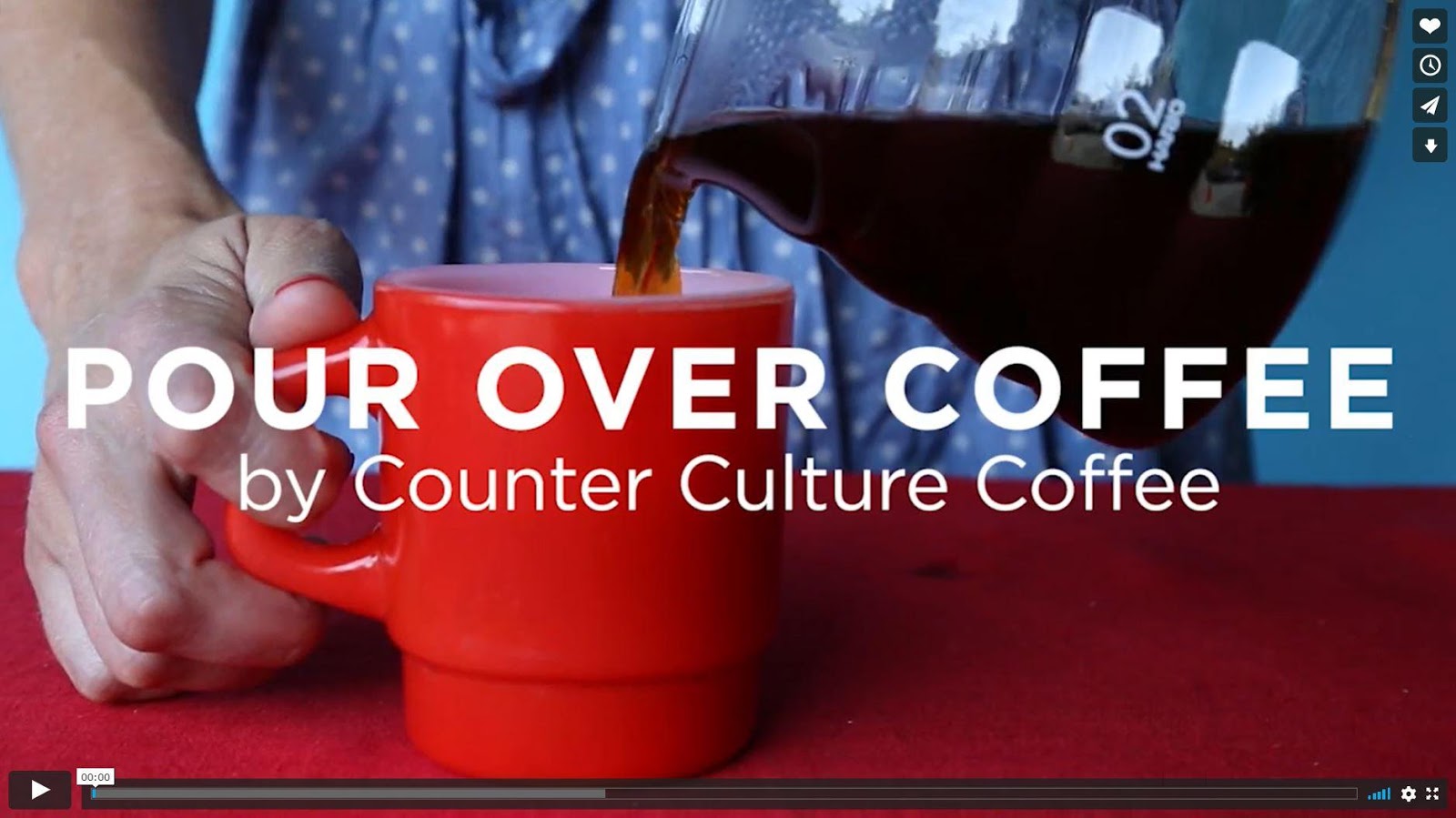
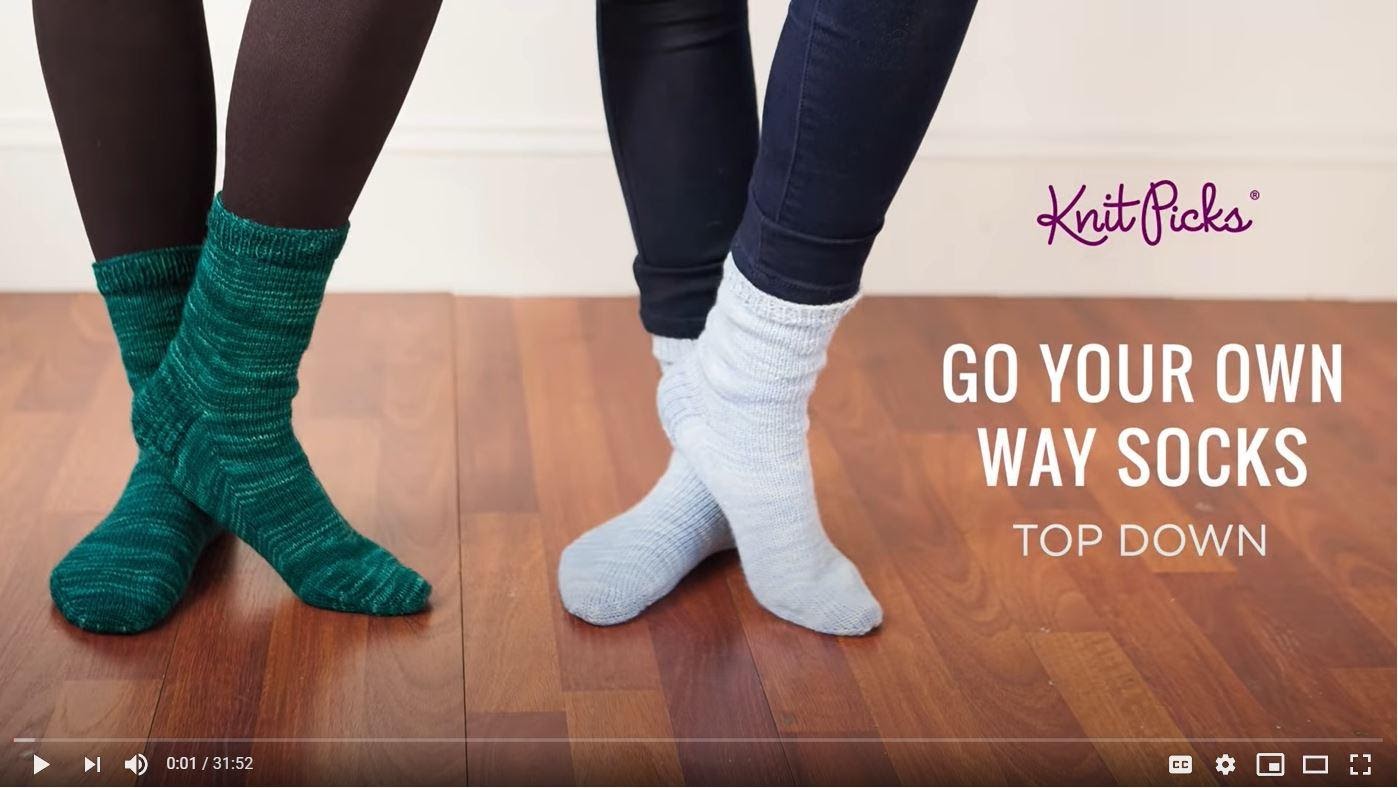
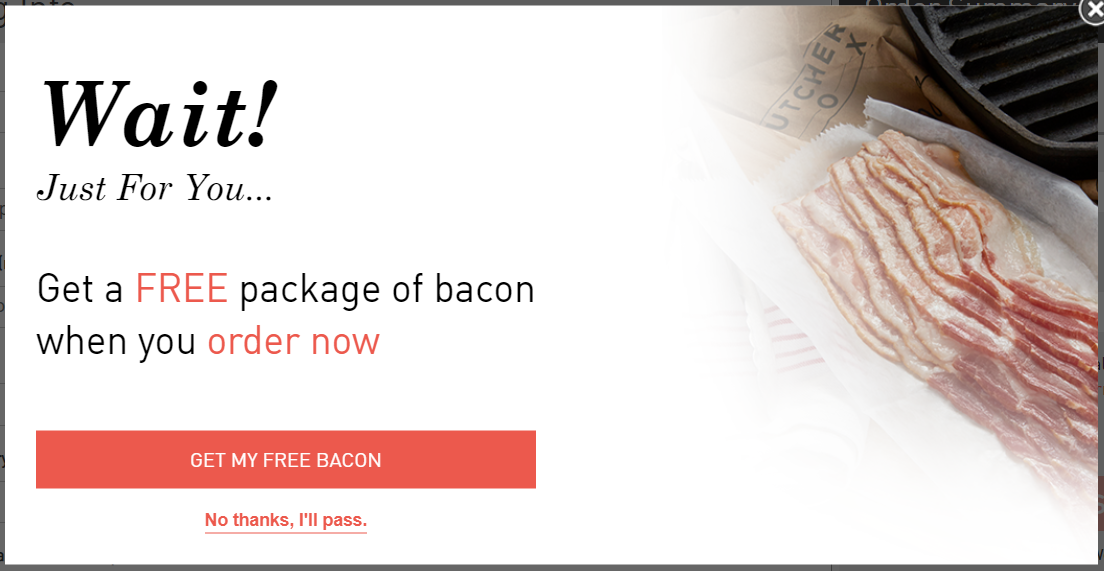

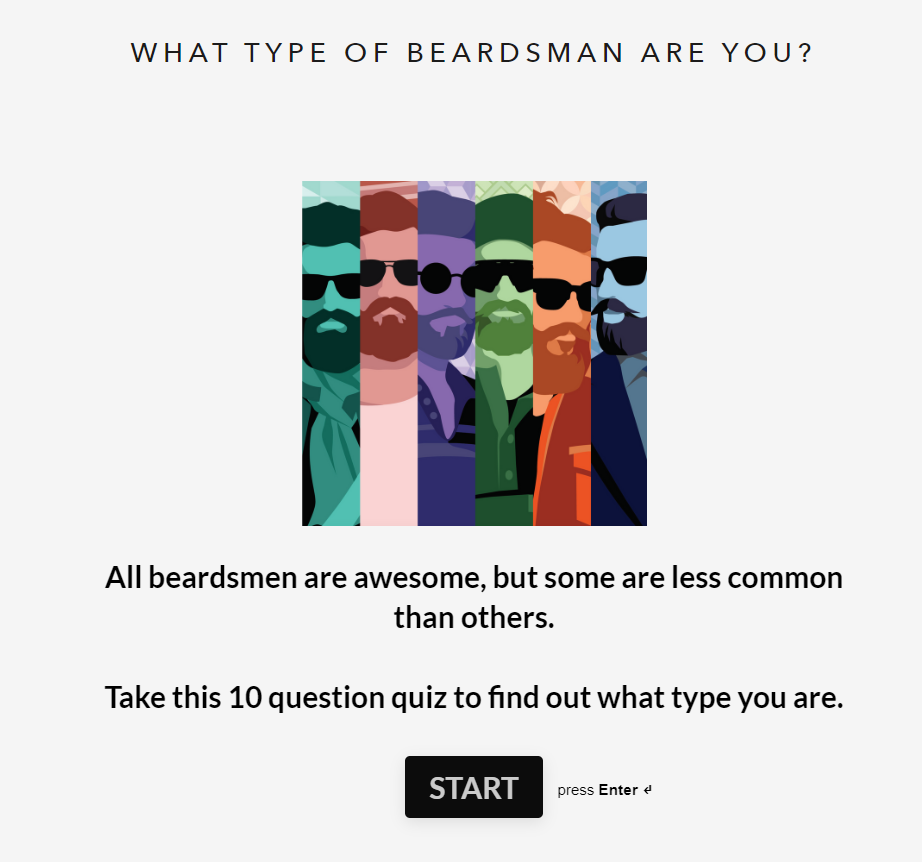
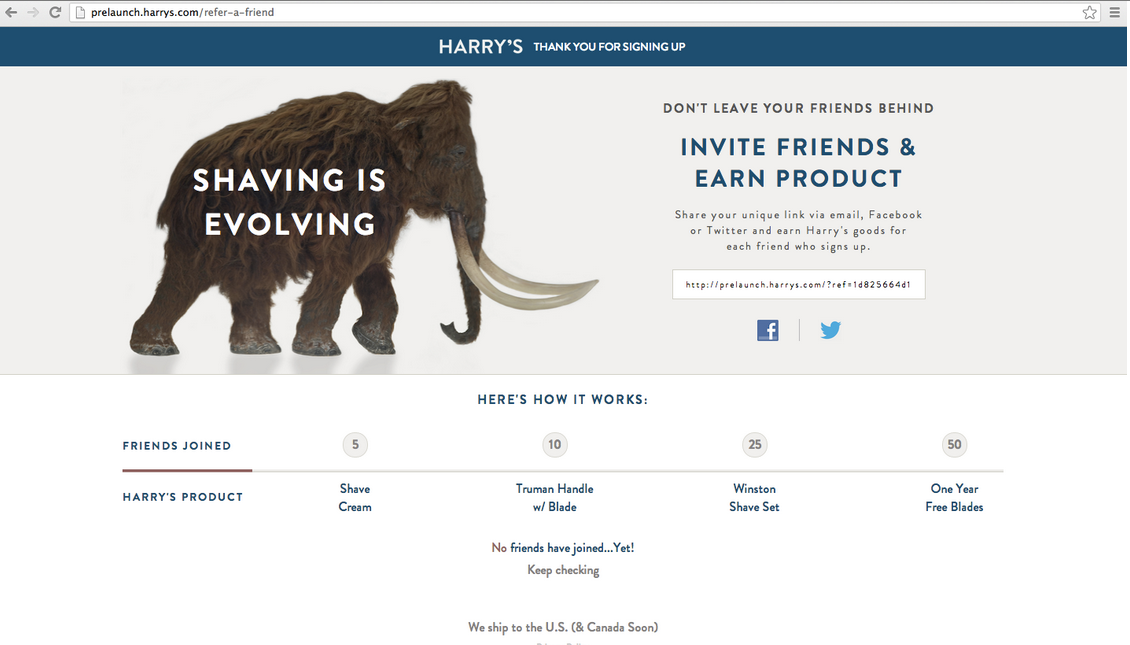
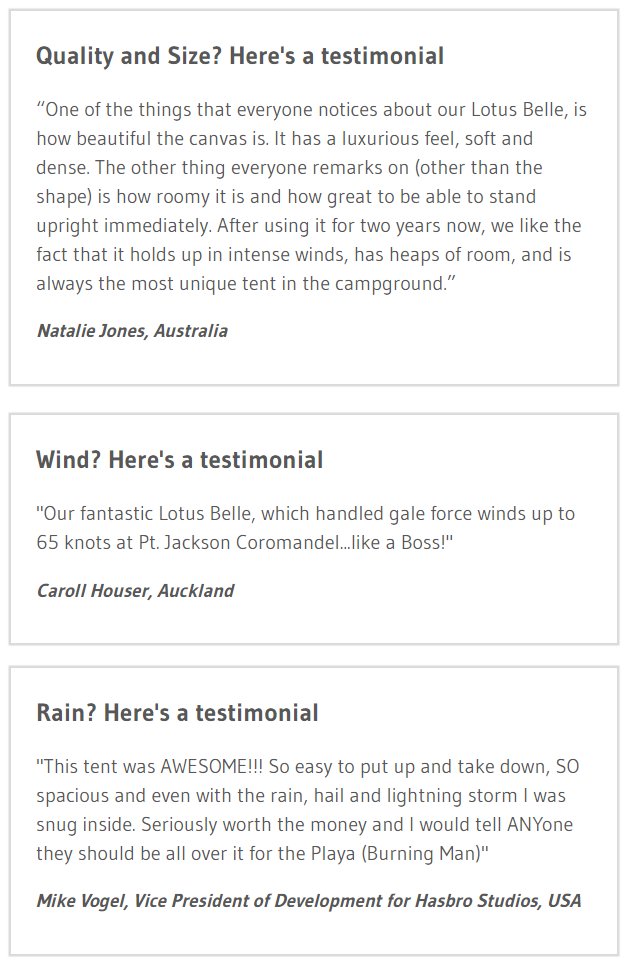

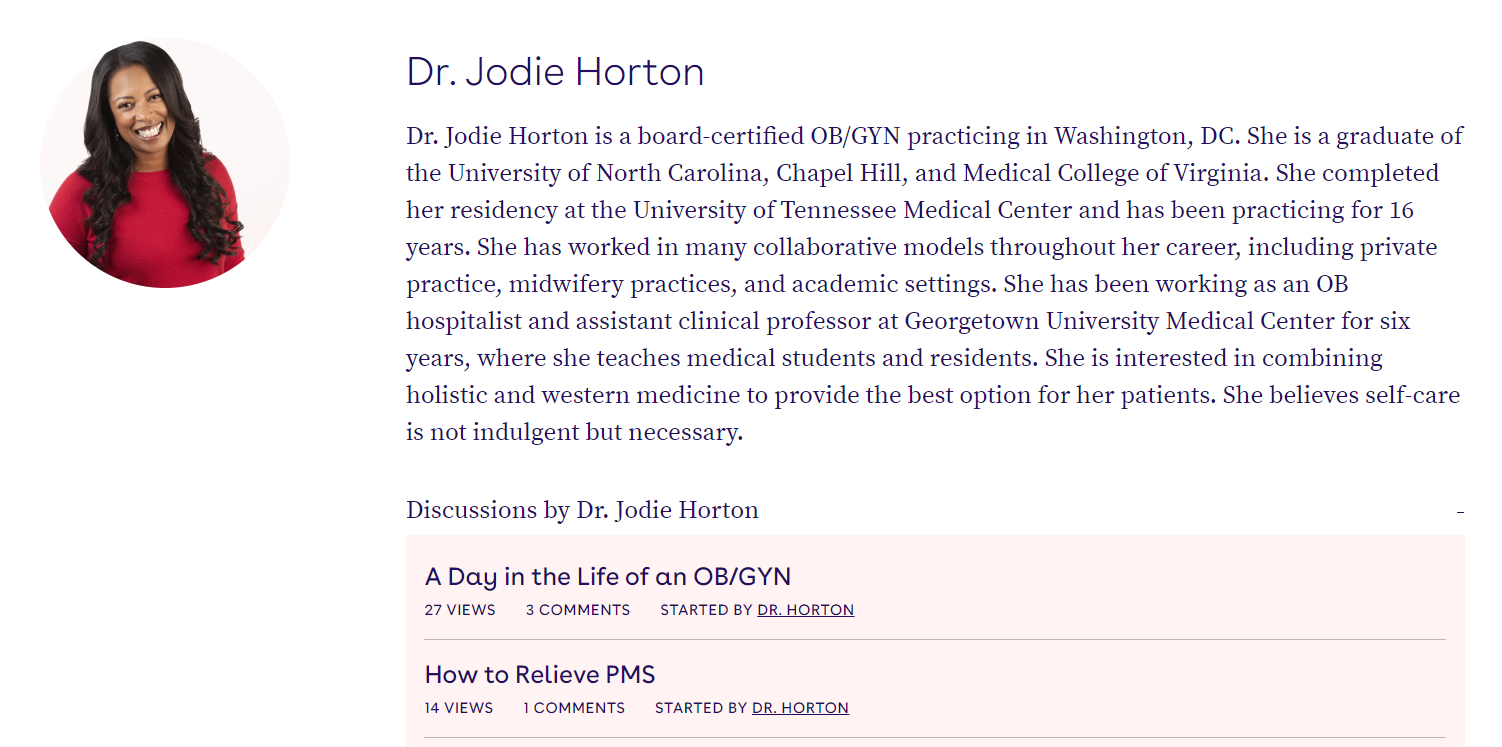
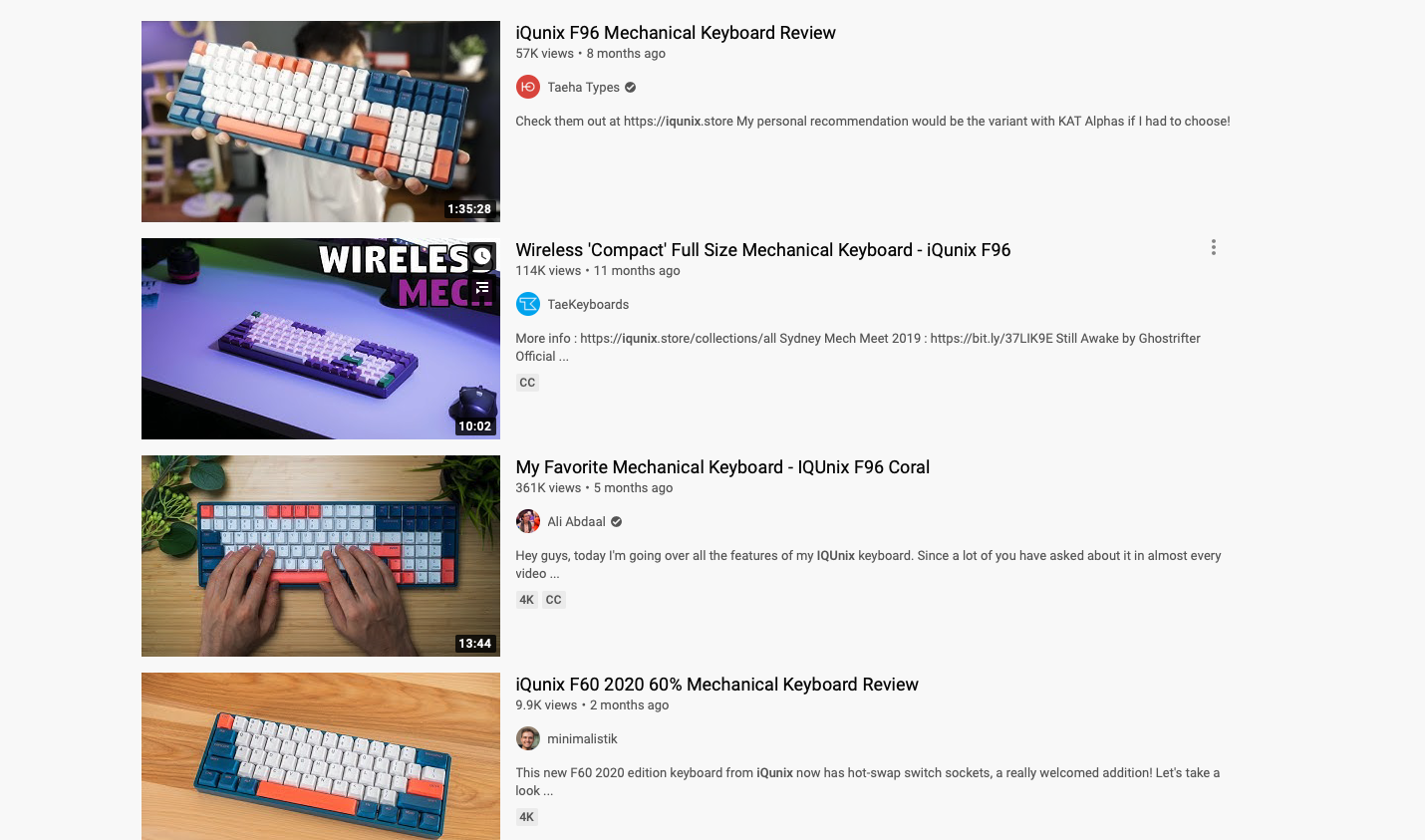
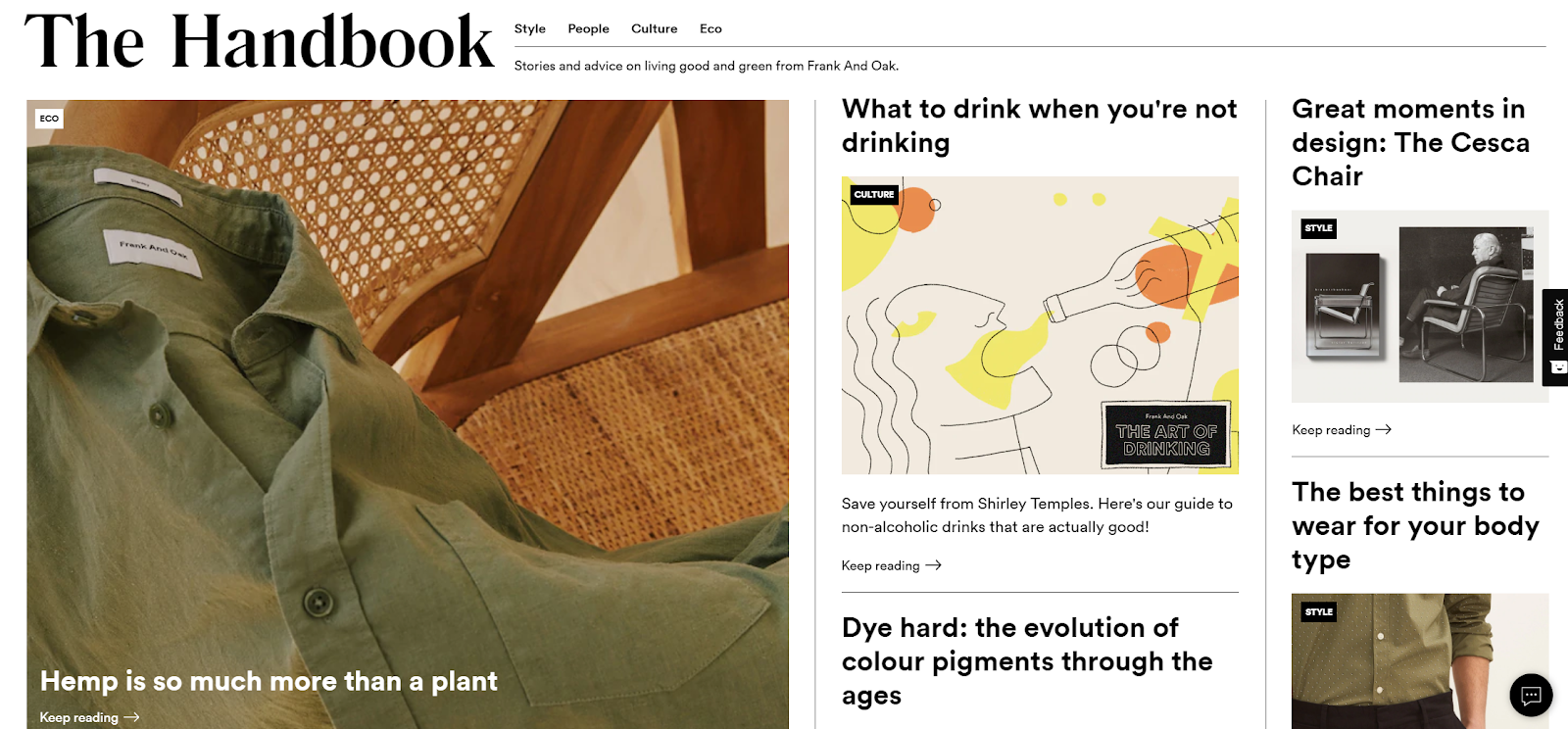
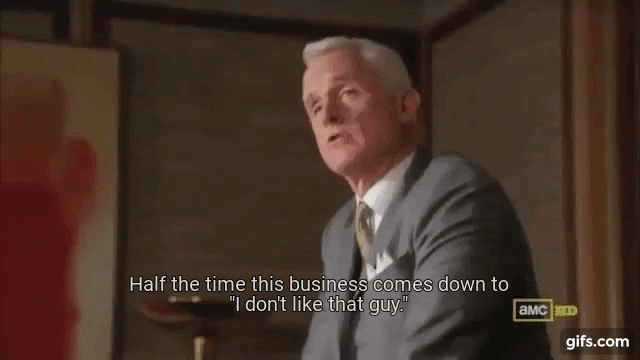
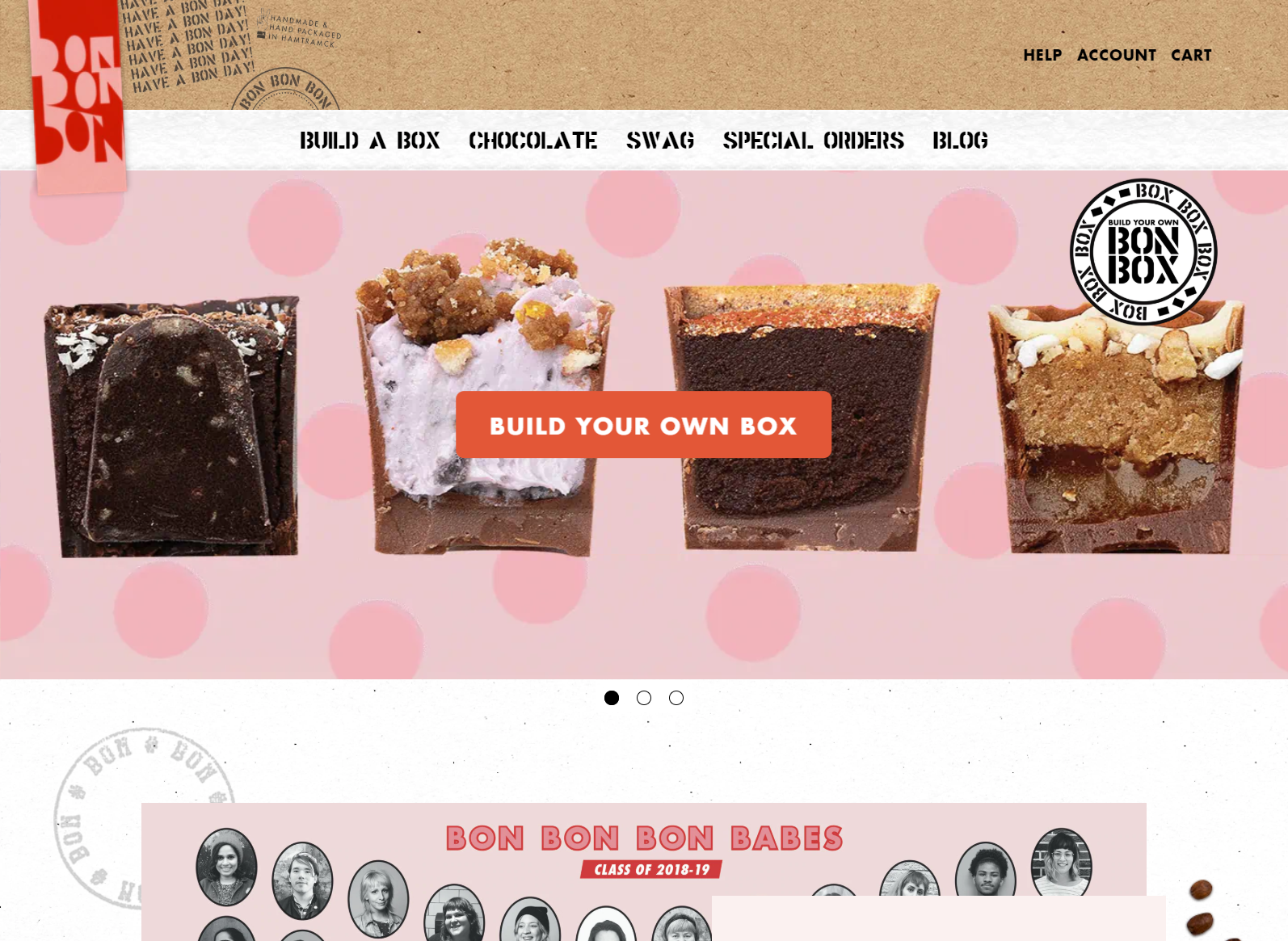


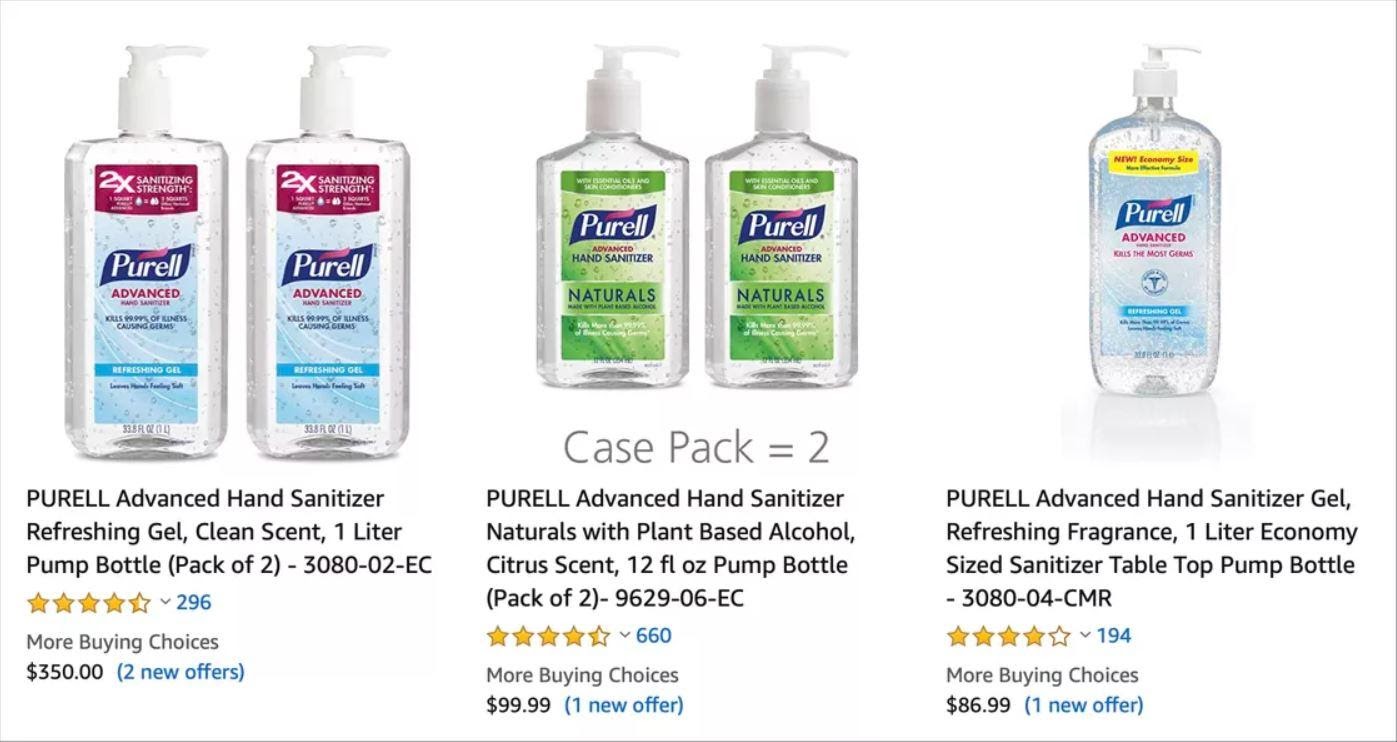

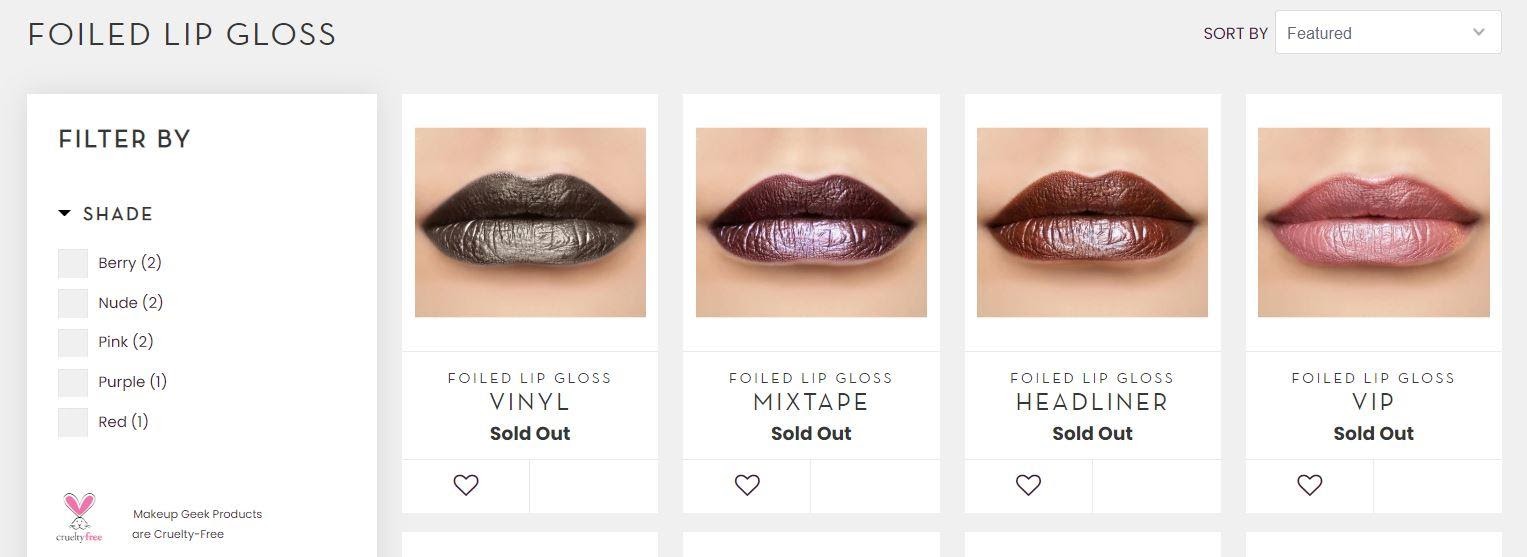

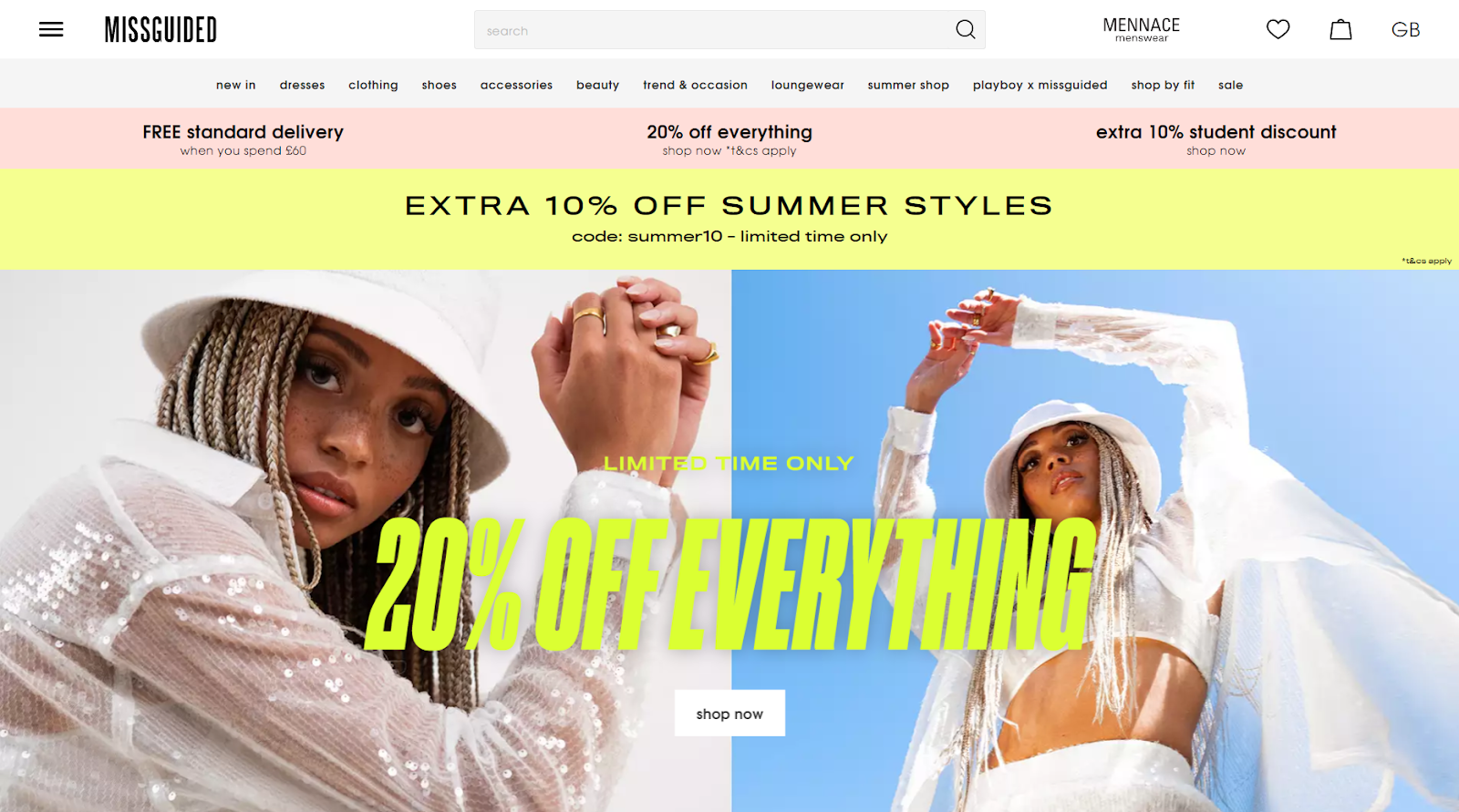
Comments